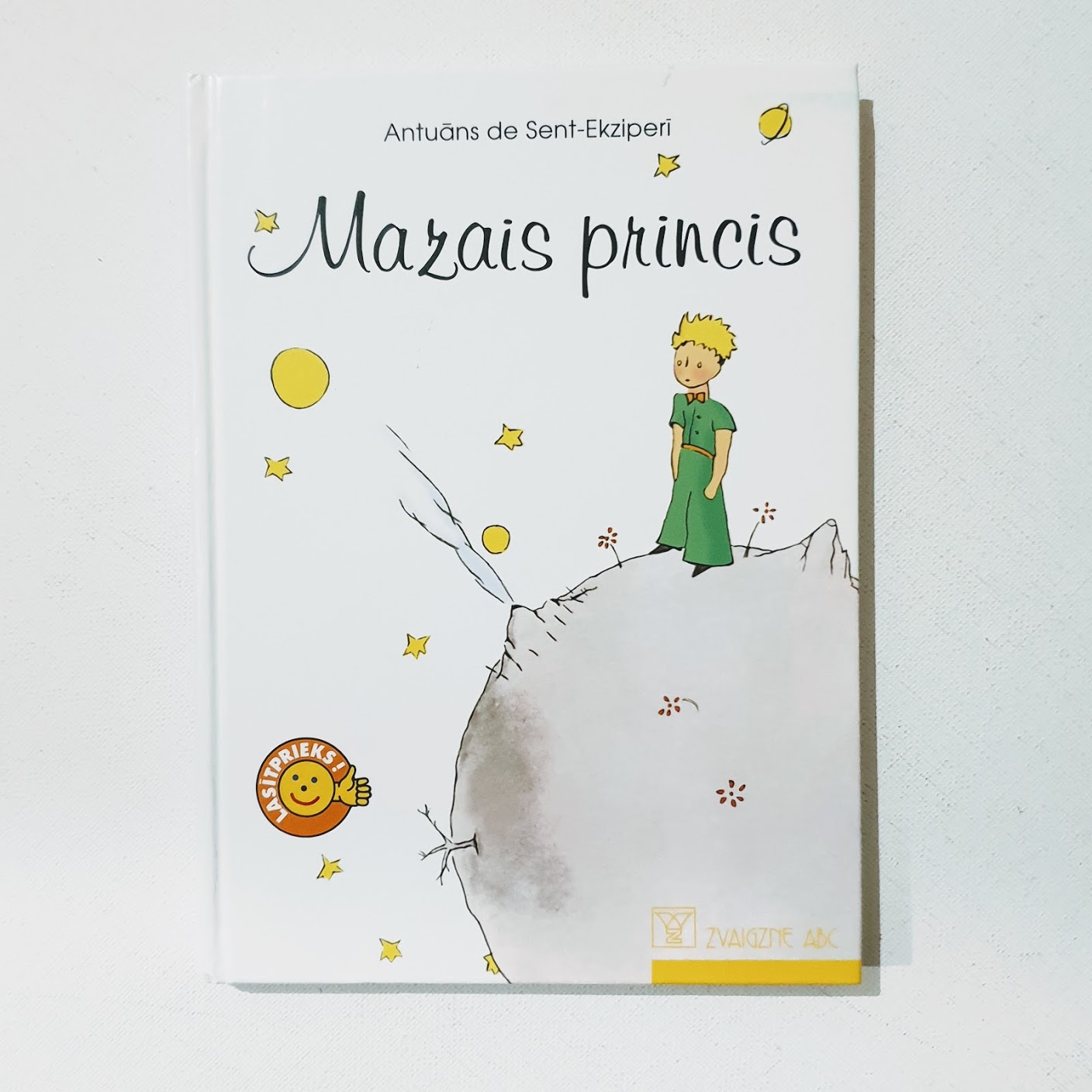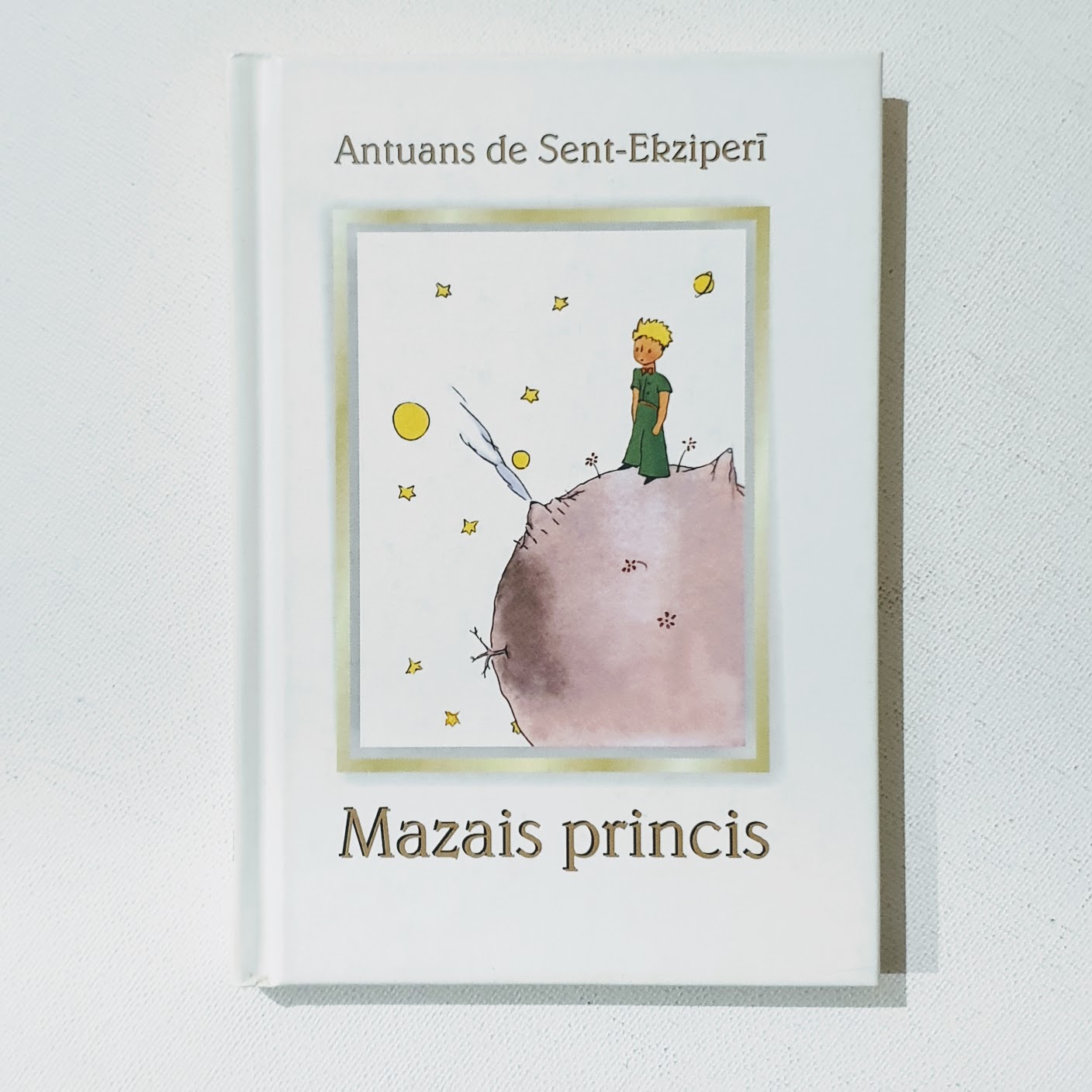
Mażais Princis, in Latvian.
Latvian, also known as Lettish, is an Indo-European language belonging to the Baltic language group, which includes Latvian, Lithuanian, and some local dialects. Latvian is the official state language of Latvia, where it is spoken by the majority of the country’s population. With its historical development, distinct linguistic features, and modern status, Latvian is a significant part of Latvia’s national identity and cultural heritage.
Latvian’s origins trace back to the Baltic tribes that inhabited the eastern shores of the Baltic Sea. The language has undergone significant changes over the centuries, influenced by various historical events and cultural interactions. German, Polish, Russian, and Swedish dominations have left their mark on the Latvian language, contributing loanwords and linguistic features.

Latvian grammar is characterised by three genders (masculine, feminine, neuter), two numbers (singular, plural), and seven cases for nouns and adjectives (nominative, genitive, dative, accusative, instrumental, locative, and vocative). Verbs are conjugated for mood, tense, voice, and person. The Latvian alphabet is based on the Latin script and includes several characters with diacritical marks to represent specific Latvian sounds, such as ā, č, ē, ģ, ī, ķ, ļ, ņ, ō, š, ū, ž.


